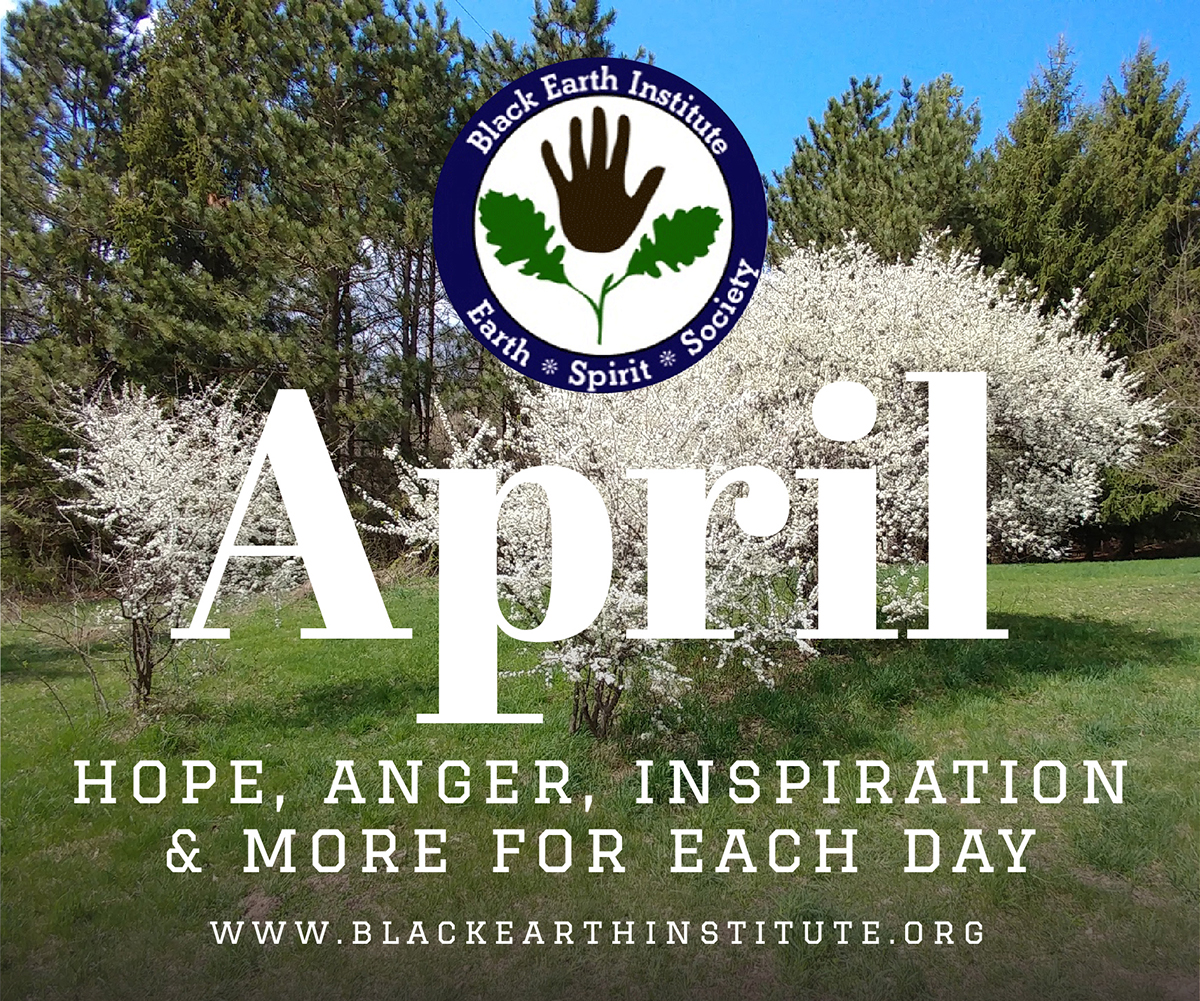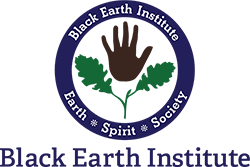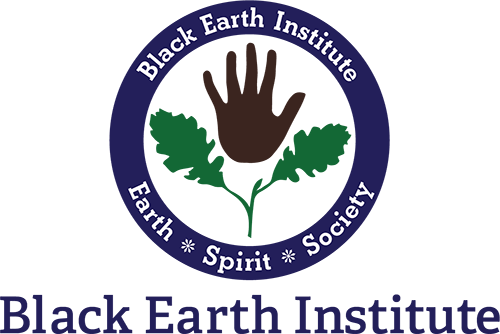
By DJ Lee
The girl behind the Starbucks counter snaps on the lid. Coffee employees probably have sanitation rules to begin with. They’ve got to be absolutely sterile by now. I want to tell her I just sanitized my own hands with 60% ethanol, that I haven’t been sick, but no—I can’t speak. The air we share is too dangerous.
My husband and I live on different coasts. I lay over a lot. Here in SeaTac, one of the fastest growing airports in the country, I usually grab a seat on the floor in concourse C next to the vending machines. I know that sounds iffy, but the floor feels safer, less germy, than the rows of chairs crowded with people immersed in movies, music, email, or whatever on phones or laptops, or their eyes glued to the big screen TVs. For me, diving into the virtual world intensifies the virtuality of air travel, and I can’t do it. Because I never feel completely secure or calm in airports, I spend layovers nervously checking the clock and people watching.
Not today. Other than a few passengers lugging suitcases, the only people about are food kiosk cashiers and police in dark vests. Those vests unnerve me, ever since the time I rolled out my yoga mat in JFK and a vested man tapped my shoulder, “Ma’am, I’m going to have to ask you to sit down.” Anger boiled under my shame.
That wasn’t a particularly busy day, I recall now. But when has an airport ever been this vacant? Maybe January 1, 2000, the day the world was supposed to shut down because of the Y2K bug? Or after 9/11? I can still hear as if it was yesterday the shaky voice of my sister-in-law, a United flight attendant stranded in Chicago on September 11, calling home to Spokane to check on my brother and her two young children. Right behind her voice is that of my friend describing how this year, 2020, he was frisked in Atlanta and taken to another room for secondary screening for no reason except “flying while Muslim,” one among thousands whom police question for things like wearing a hijab, speaking Arabic, or writing text messages in Farsi. My stomach somersaults.
It’s early March. Concourse D annex is one of SeaTac’s newer buildings—timber trusses from local Douglas fir and a wall of windows through which soft Seattle light filters. Today it’s easy to find an empty seat because all seats are empty. Don’t touch your face rattles through my head as I sink into a black vinyl chair. I was horrified to learn how often people touch themselves—hair, mouth, cheeks, and chin sixteen times per hour, eyes and nose six times, neck and ears at least once, supposedly to self-sooth. Before I know it, I’m rubbing my own nose. Damn. What have I touched since the last hand sanitizer? The counter at the coffee stand? The escalator rail? I should wash my hands now—is it too late? I see a vision of my future self with a hacking dry cough and then stretched out on a bed with a ventilator strapped to my face.
I rush so chaotically to the bathroom that I almost collide with him, a man in jeans, a dark sweatshirt, and a white kufi. I bow my head and slide over, but we briefly exchange glances. I don’t sense his anger, but my God, I hope I didn’t offend him. I’m sorry, I want to say, but I refrain. As I run my fingers under the tap, my throat tightens. The one thing about airports I do like—their cosmopolitanism, their sense of global connectedness—tumbles down the drain with the water. I examine my moist hairline in the bright mirror. Am I sweating?
On the way back to my seat, I stop by the gift shop to purchase a bag of peanuts. “How many days has the airport been this empty?” I ask the cashier, a young woman with tired eyes. I’m standing a good three feet from her—it’ll be several weeks before I’ve internalized the six-foot rule and before the CDC advises non-medical workers like me to wear masks.
She swipes my card efficiently and shrugs her shoulders.
“All week, or just today?” I say.
“All week,” she sighs.
Settling into my seat, sanitizer in one hand and peanuts in the other, I gaze at the TV: CNN on mute, two talking heads and a running banner: “Trump blames Obama for coronavirus.” What? The claim is so absurd it sends me adrift. What do I even know about the virus? Enhanced microscopic images resemble festive tree ornaments or gilded earrings. About exponential spread? Not enough. Not nearly enough. I grab my phone, plug in the search term, and my brain fogs over. When I finally pull myself out of the statistics half an hour later, peanuts are scattered across the floor and I’m gasping in throaty, staccato breaths.
Only after I board my next flight will I understand the significance of what happened next. Past the TV, past the gift shop, past the bathrooms, I saw movement. A human figure, illuminated against the bank of windows, was unrolling something. At first I thought it was a mat and then I recognized the man by his white kufi. He unfurled a rug. He stood on the rug, opened his hands, moved his arms with deliberate grace, then knelt with forehead to ground. He seemed to be dancing in slow motion, or that’s how it occurred to me, as the panic that had been building ever since I’d deplaned evaporated. The rhythm of his movements, the quiet pulse of his prayers, ushered in a miraculous sense of calm. Especially when a policeman in a dark vest sauntered by, stopped to watch, his mouth agape out of what?—curiosity? gratitude? awe?—then continued on through the terminal.


